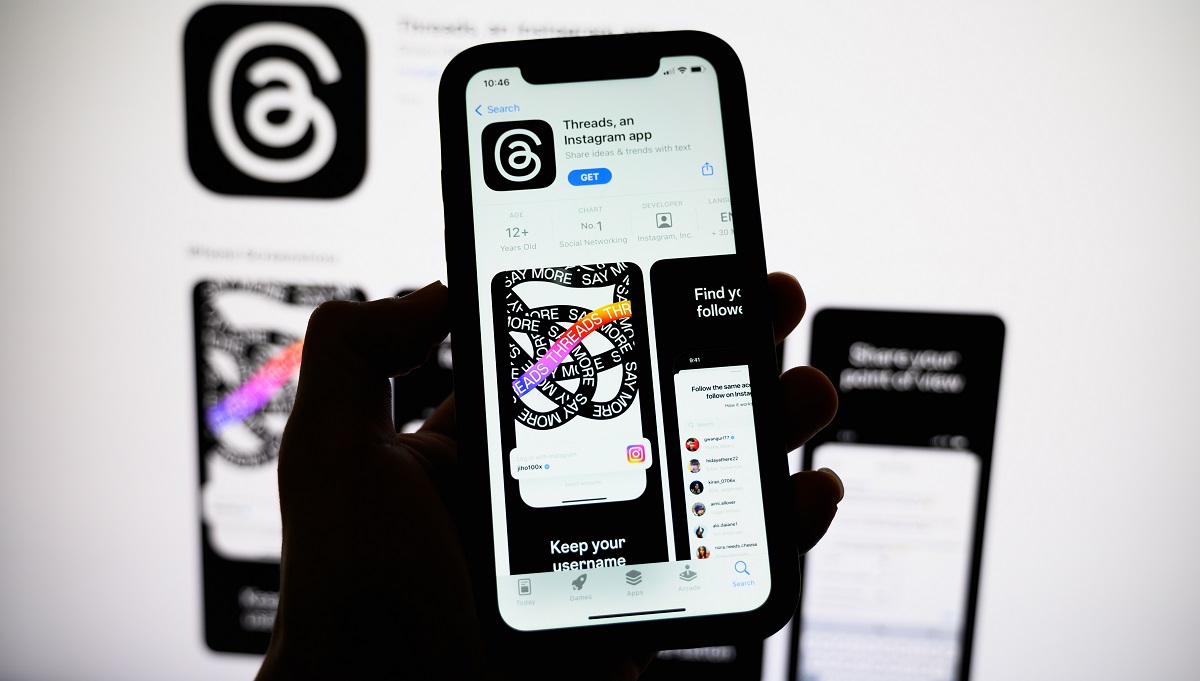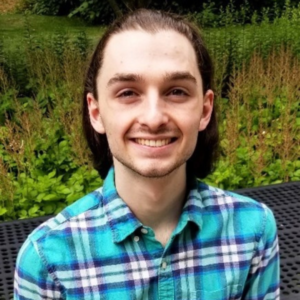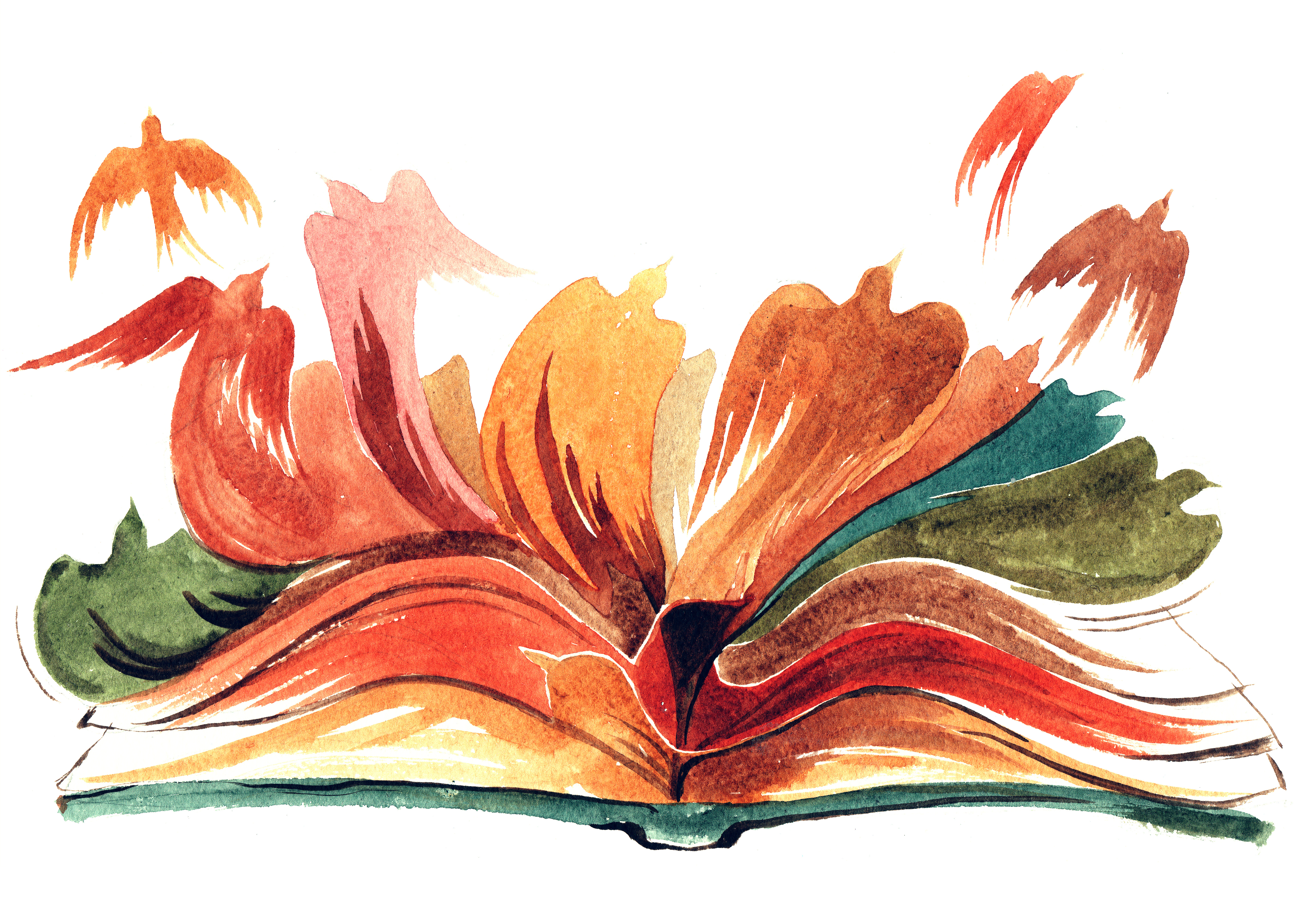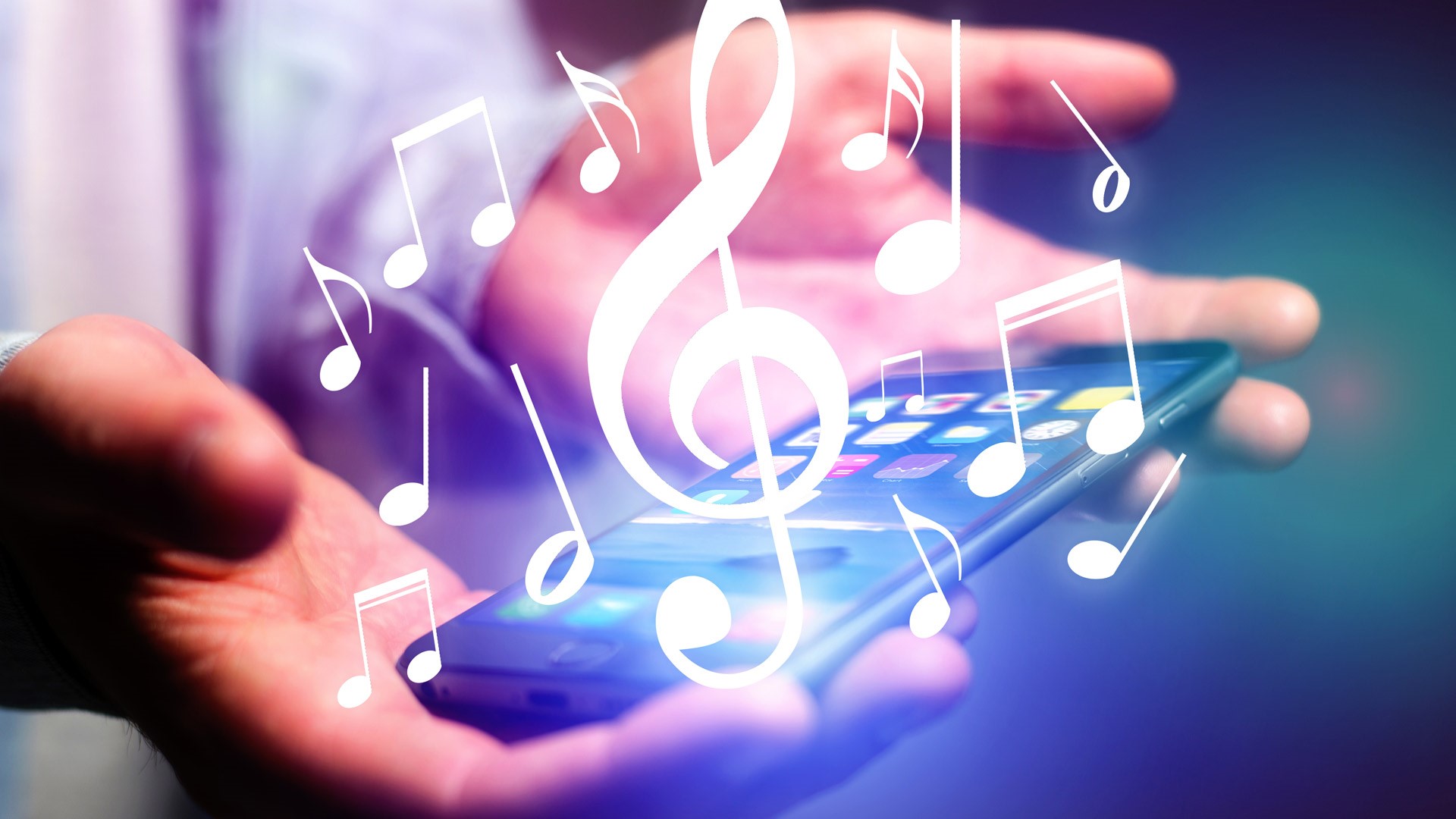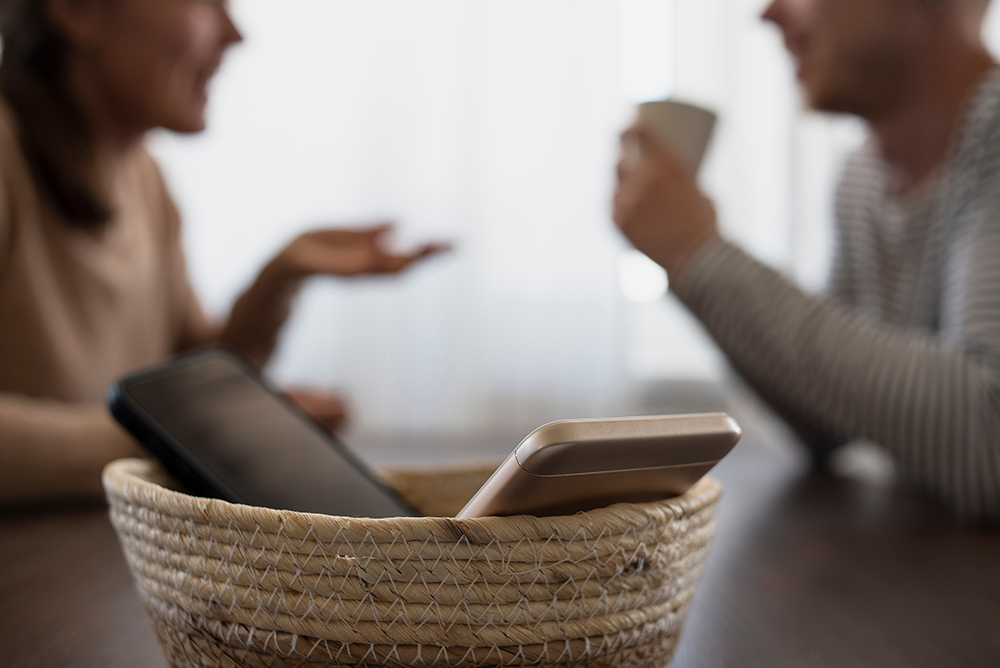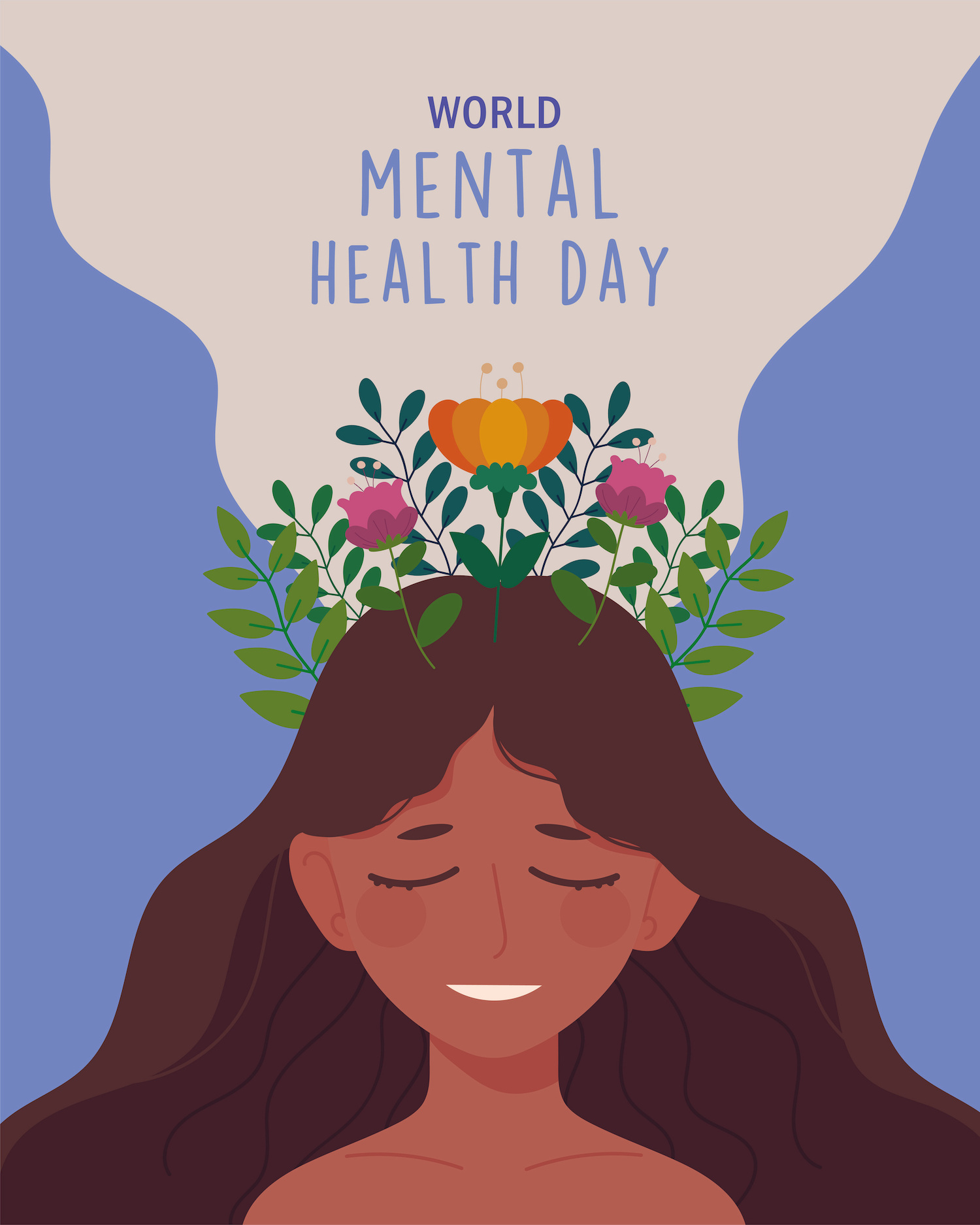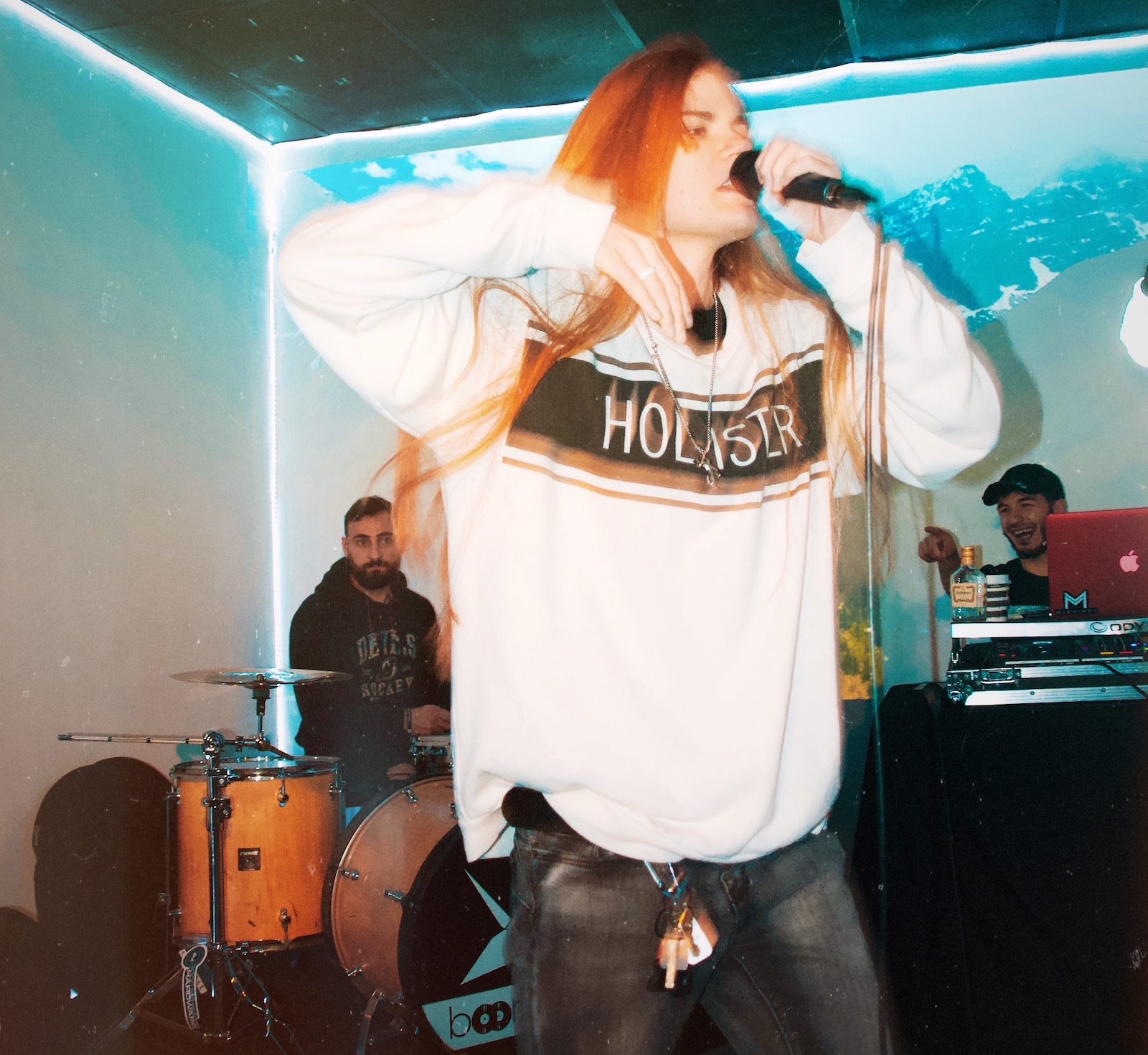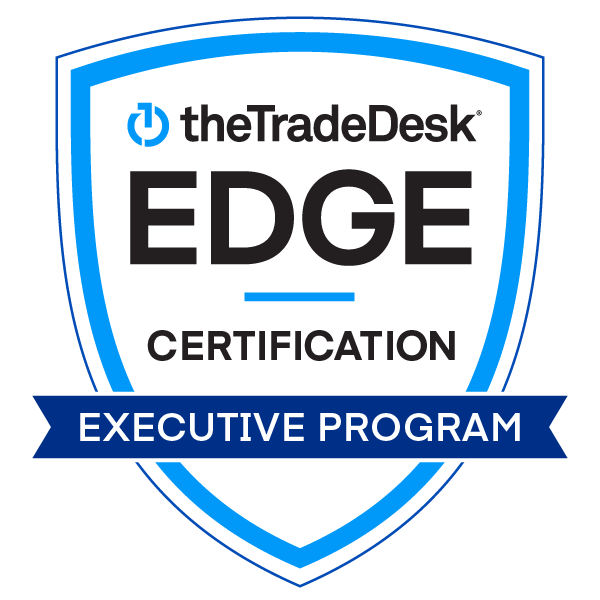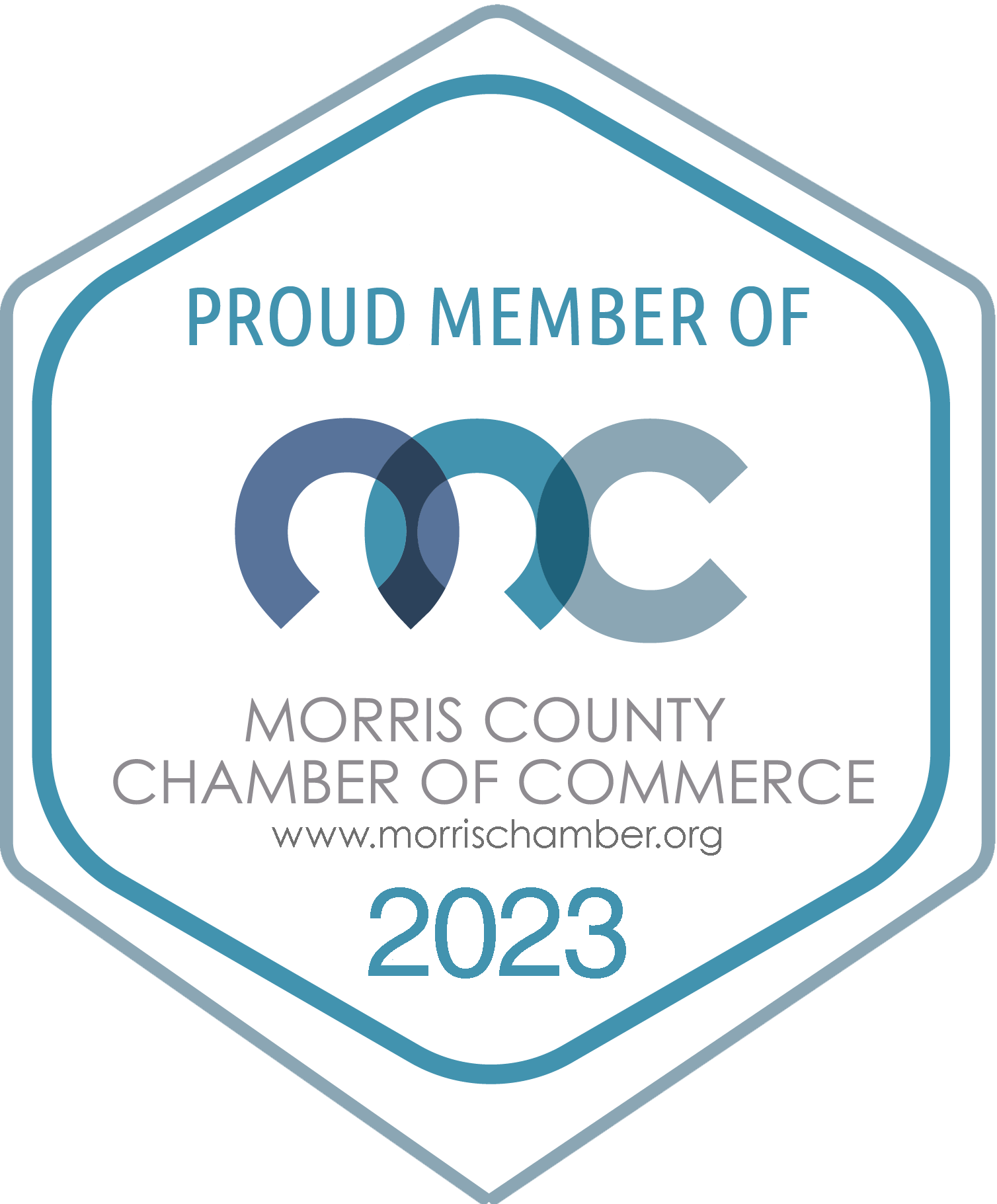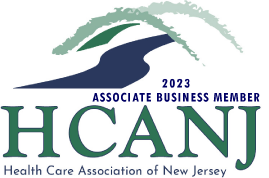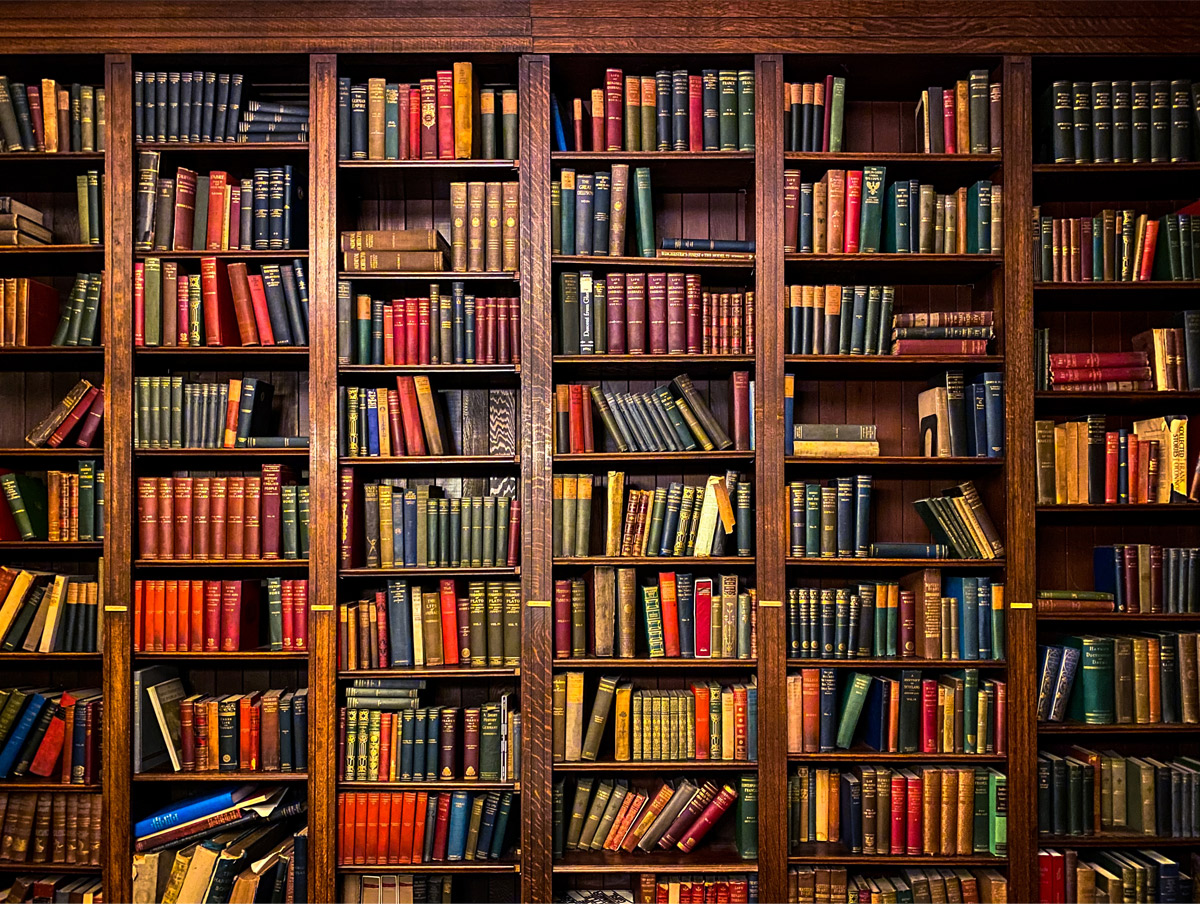
I’m a public relations practitioner, and my profession’s core is communication– the development and expression of ideas and information. I’ve been at it for a long while, but I still find it beneficial to periodically return to the artistic classics of communicating, whether in the form of music, film, or literature. These provide us with a standard of excellence, while reminding us what true clarity of thought looks like.
With all this in mind– and also for fun– I’ve compiled a chronological list of seven classic novels (complete with general remarks) I enthusiastically recommend to anyone who’s ready to take a break from the here and now and gaze back upon the exceptional.
Wuthering Heights (1847), by Emily Brontë
Fabulously atmospheric, it’s a darkly troubling love story featuring multiple narrators and a series of flashbacks. The fact that this was Brontë’s only novel (she died in 1848, at age 30) is a tragedy for all readers.
Dracula (1897), by Bram Stoker
Thrilling, harrowing, and terrifying– this is the gothic novel that laid the foundation for modern horror. Dracula is about the vision of pure, ancient evil, and the circle of friends who dare to defy it.
Hound of the Baskervilles (1902), by Sir Arthur Conan Doyle
The Sherlock Holmes canon is composed of 56 short stories and four longer works. Collectively, they’re the origin of modern detective fiction, and this novel is the best of them. Also worth noting, Conan Doyle is a vastly underrated writer.
A Portrait of the Artist as a Young Man (1916), by James Joyce
To me, Irishman James Joyce is the greatest writer of modern English– and this is his most accessible novel. It’s a coming-of-age tale, and though set in late nineteenth-century Dublin, it remains stunningly modern.
The Great Gatsby (1925), by F. Scott Fitzgerald
Considered by many to be America’s finest novel, it’s a window into a very different time– but with characters and themes that remain entirely relevant. Speaking of those characters, they’re detailed, layered, and brimming with intrigue.
Lord of the Rings (1954-1955), by J.R.R. Tolkien
This series is one epic fantasy tale divided into three volumes. Tolkien draws upon the root myths and legends of northern Europe to weave what I consider the most powerfully magical novel in the English language.
Watership Down (1972), by Richard Adams
All the main characters are rabbits. Really. It’s a mesmerizing, edge-of-your-seat story with marvelous heroes and one of literature’s most wicked villains. Also– its author didn’t begin writing until he was 46 years old.
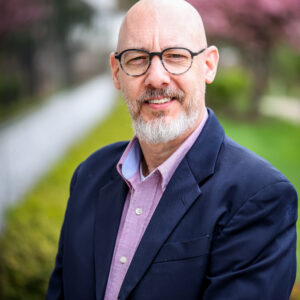
Kurt Praschak
Vice President, Public Relations
SCG Advertising & PR

